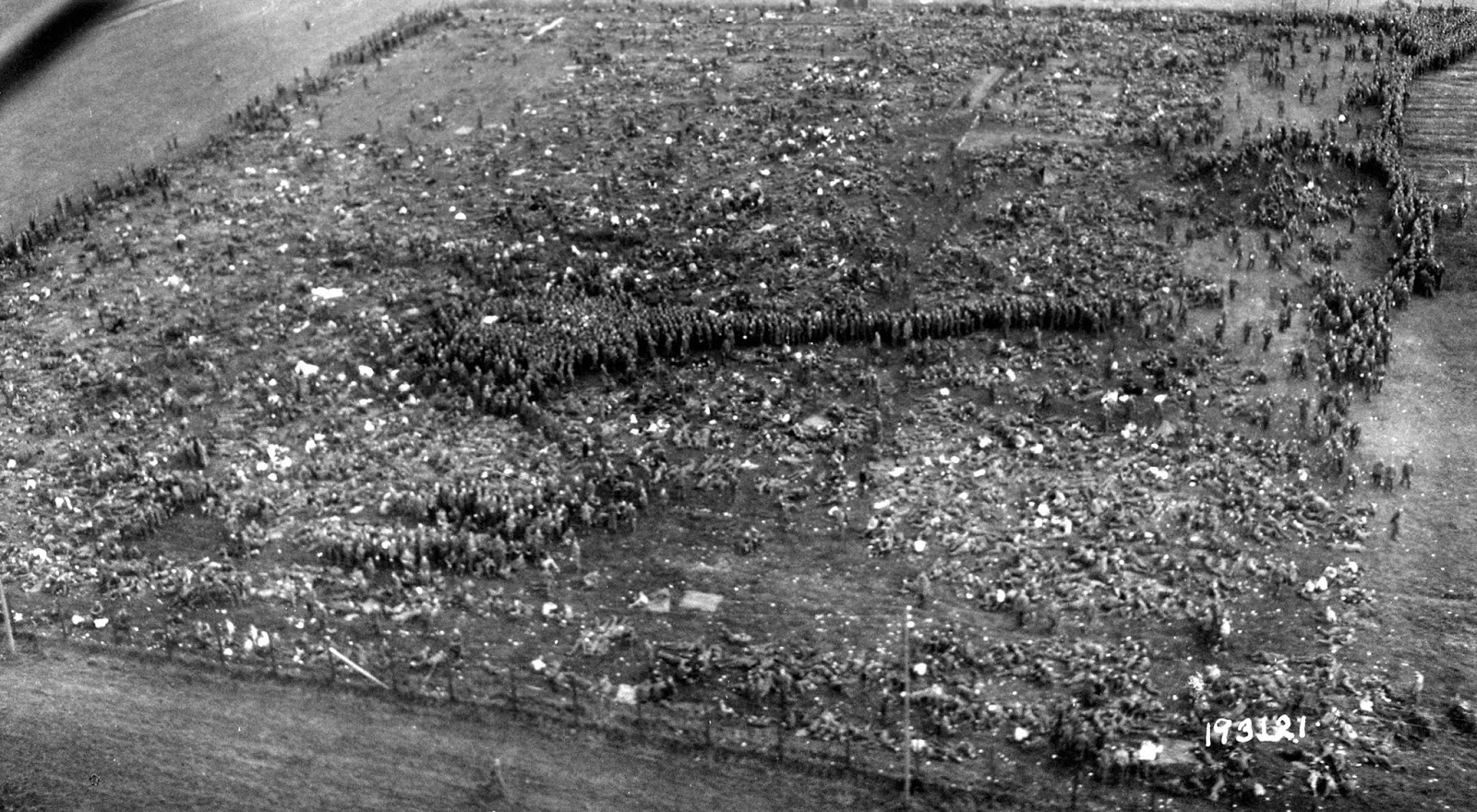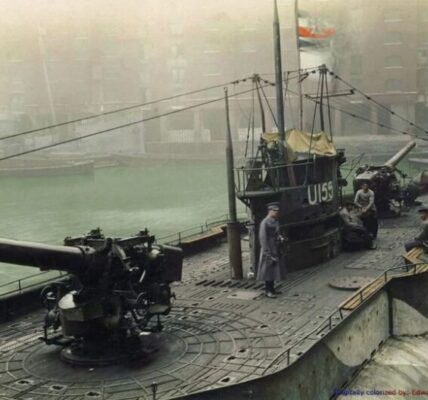German prisoners of war in the Nonant-le-Pin camp, 1944 – Faces between defeat and hope _de1

In the summer of 1944, after the Allied landings in Normandy, the fate of thousands of German soldiers changed overnight. The former front line, which had entrenched itself firmly in northern France, collapsed – and with it, the hope of many to emerge victorious from the war. One of the places where this dramatic chapter unfolded was the prisoner-of-war camp at Nonant-le-Pin , a temporary camp established in August 1944 to accommodate the vast number of German prisoners of war who had fallen into Allied hands after the encirclement at Falaise.
Photographs from this period – including the striking image of exhausted men standing behind barbed wire – convey a somber mixture of resignation, relief, and uncertainty . Many of them were young men, barely older than twenty, who had been fighting just days before, but now sat unarmed and covered in dirt side by side while American guards patrolled overhead.
Conditions in the camp were basic but orderly. Tents and makeshift barracks were barely sufficient to accommodate the mass of prisoners. Water and food were rationed, and many soldiers suffered from exhaustion and hunger after weeks of retreat. Nevertheless, Nonant-le-Pin was considered one of the better-organized camps compared to others —the Allies attempted to operate according to the rules of the Geneva Convention, even though the logistical challenges were enormous.
Some eyewitnesses later reported that the first days in the camp were both a shock and a relief . Shock, because the reality of defeat finally became palpable – the weapons had been surrendered, the uniforms were dirty, pride was broken. Relief, because the fighting was over, and with it the constant fear of bombs, death, and cold.
Among the prisoners were ordinary Wehrmacht soldiers, non-commissioned officers, medics, and drivers. Many had had no contact with their units or families for weeks. Some even spoke with the American soldiers guarding them—curious, respectful, often relieved that they had ended up as prisoners of war and not in combat.
The Nonant-le-Pin camp quickly grew to over 25,000 prisoners . The men lived in open fields, sleeping on the ground or in makeshift shelters of straw and tarpaulins. Supplies were scarce, but there were regular food rations, medical care, and improvised showers. After the unimaginable losses of the Normandy campaign, life in captivity was, for many, like a second awakening—a chance to survive.
Over time, most of the soldiers from Nonant-le-Pin were transferred to larger camps – for example, in Great Britain or the United States. Others remained in France and were deployed for reconstruction work. Returning home would take many years: some didn’t see Germany again until 1948 or 1949 , and some never returned.
Today, hardly anything remains in Nonant-le-Pin to remind us of the camp. The fields are green, the fences long gone. But the images from that time – such as those showing German prisoners exhausted but alive – remain as a silent witness.
These photos remind us that war leaves behind not only victors and vanquished, but above all, human beings. People who believed, fought, lost – and in the end simply wanted to go home.









